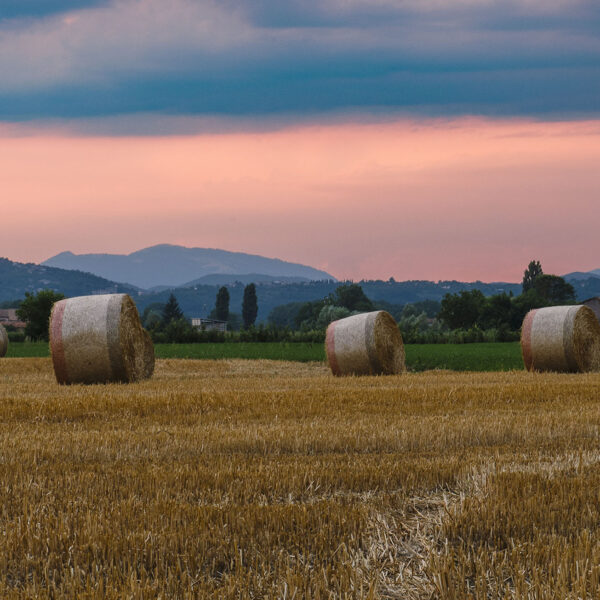
With an extension of approximately 90 square meters, the Rieti plain is located at the foot of the Monti Sabini and Monti Reatini and originates from the drainage of the ancient Velino Lake.
Also called Valle Santa (Holy Valley), the reason of its name is that St. Francis stayed in these places for many years, founding the Franciscan Shrines of Poggio Bustone, Greccio, La Foresta and Fonte Colombo.
The Rieti plain was known since ancient times for its abundance of water. It is for its fertility that Varrone, Plinius and Virgilio called it “rosy land” (“rosea rus”). Historical cultivation were vegetables, cereals and glastum, used to dye fabric blue. Therefore, agriculture has always been one of the main activities of this territory.
The most excellent cultivation was that of wheat: the “Rieti Originario”, the autochthonous wheat variety of the Rieti Plain, is characterized by an extraordinary resistance to rust, a feature that made it one of the most popular and preferred types of wheat across Italy between the nineteenth and twentieth centuries, so as to foster a flourishing trade of its seed.
A radical change in the typical cultivations of the Rieti Plain occurred only at the end of the nineteenth century, thanks to the innovative charge born by the big landowners of the area, the Potenziani Family. The birth of the sugar factory in 1873 (the first in Italy) led to the introduction of sugar beet in the Plain.
The arrival of the agronomist Nazareno Strampelli in the city (1903) was an important moment for the local agriculture. His studies led to the experimentation of new varieties of wheat, through the hybridization with the already famous “Rieti original” wheat seed, to obtain wheat with greater strength and resistance that are still produced today.

























